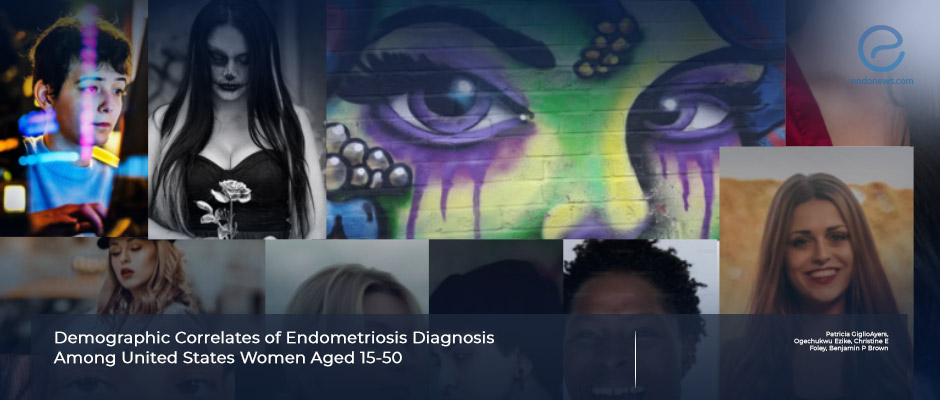What Factors Affect the Chance of Being Diagnosed With Endometriosis?
Jul 18, 2024
There are demographic disparities in endometriosis diagnosis among US women.
Key Points
Highlights:
- There are demographic disparities between women in the US who receive a diagnosis of endometriosis and those who do not.
Importance:
- Identifying and addressing specific barriers to equitable endometriosis diagnosis is important.
What’s done here:
- Researchers collected data from the National Survey of Family Growth and interviewed 6141 women, ages 15 to 50 from 2017 to 2019.
Key results:
- The women who had received a diagnosis of endometriosis were older than those who did not.
- The diagnosis of endometriosis was significantly associated with race.
- There were differences in diagnosis depending on women’s health insurance status.
- The level of education a woman had was associated with a diagnosis of endometriosis.
Lay Summary
There are demographic disparities in the diagnosis of endometriosis among women in the US, ages 15 to 50 according to a new study published in the Journal of Minimally Invasive Gynecology.
These disparities suggest that intersecting barriers may prevent some people from accessing timely diagnosis and management.
To compare the demographic characteristics of women who did receive a diagnosis of endometriosis and those who did not a team of researchers from the US led by Benjamin P Brown, MD from the Department of Obstetrics and Gynecology, Women and Infants Hospital in Providence, RI, analyzed data from the National Survey of Family Growth and conducted in-person interviews with 6141 women, ages 15 to 50, between 2017 and 2019.
The results showed that 5.7% of women reported being diagnosed with endometriosis. The women who had received a diagnosis of endometriosis were older (mean age of 39) compared to those who did not receive a diagnosis (mean age of 31.7).
The researchers also found that a diagnosis of endometriosis was significantly associated with race. Hispanic women had an adjusted odds ratio of 0.37 of being diagnosed with endometriosis compared to White women. On the other hand, Black women had an adjusted odds ratio of 0.54 of being diagnosed with endometriosis. The researchers also reported differences in diagnosis depending on health insurance status. Women with Medicare or military insurance had an adjusted odds ratio of 2.49 of being diagnosed with endometriosis compared to women with private insurance or Medi-Gap coverage. Finally, women who had completed high school or had a higher degree had an adjusted odds ratio of being diagnosed with endometriosis of 2.84 compared to women with less than a high school degree.
“Further studies are warranted to explore these hypothesis-generating data and to identify and address specific barriers to equitable endometriosis diagnosis and management,” the authors of the study concluded.
Research Source: https://pubmed.ncbi.nlm.nih.gov/38697259/
endometriosis diagnosis demographics disparity

